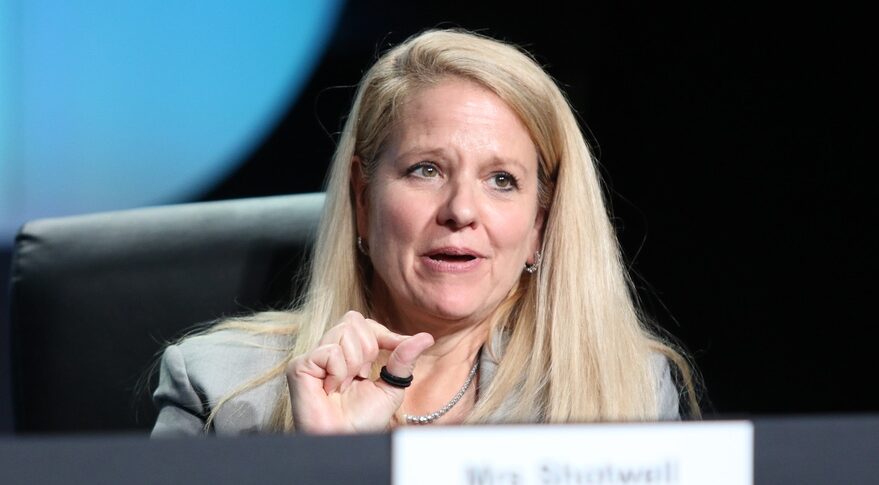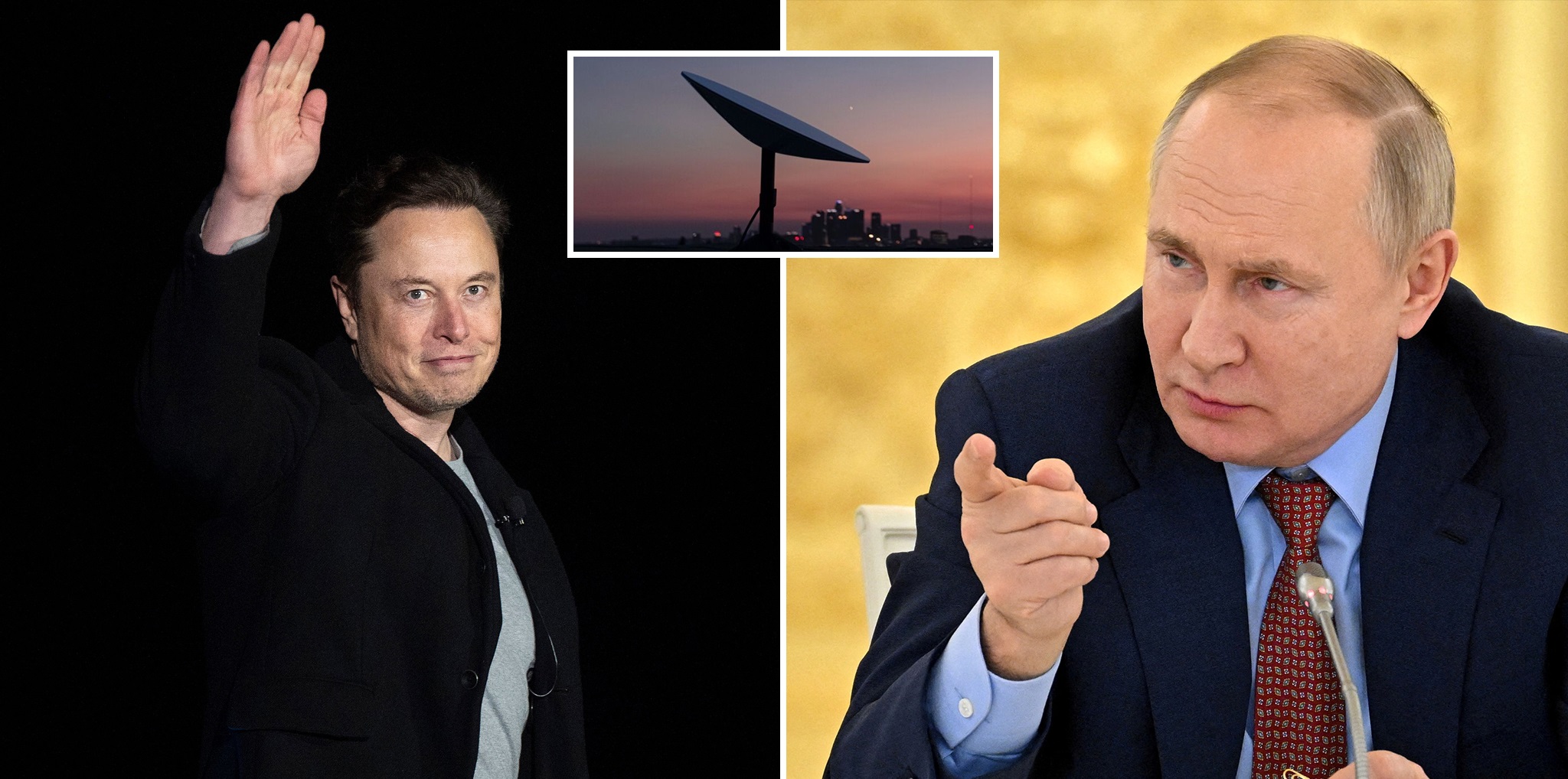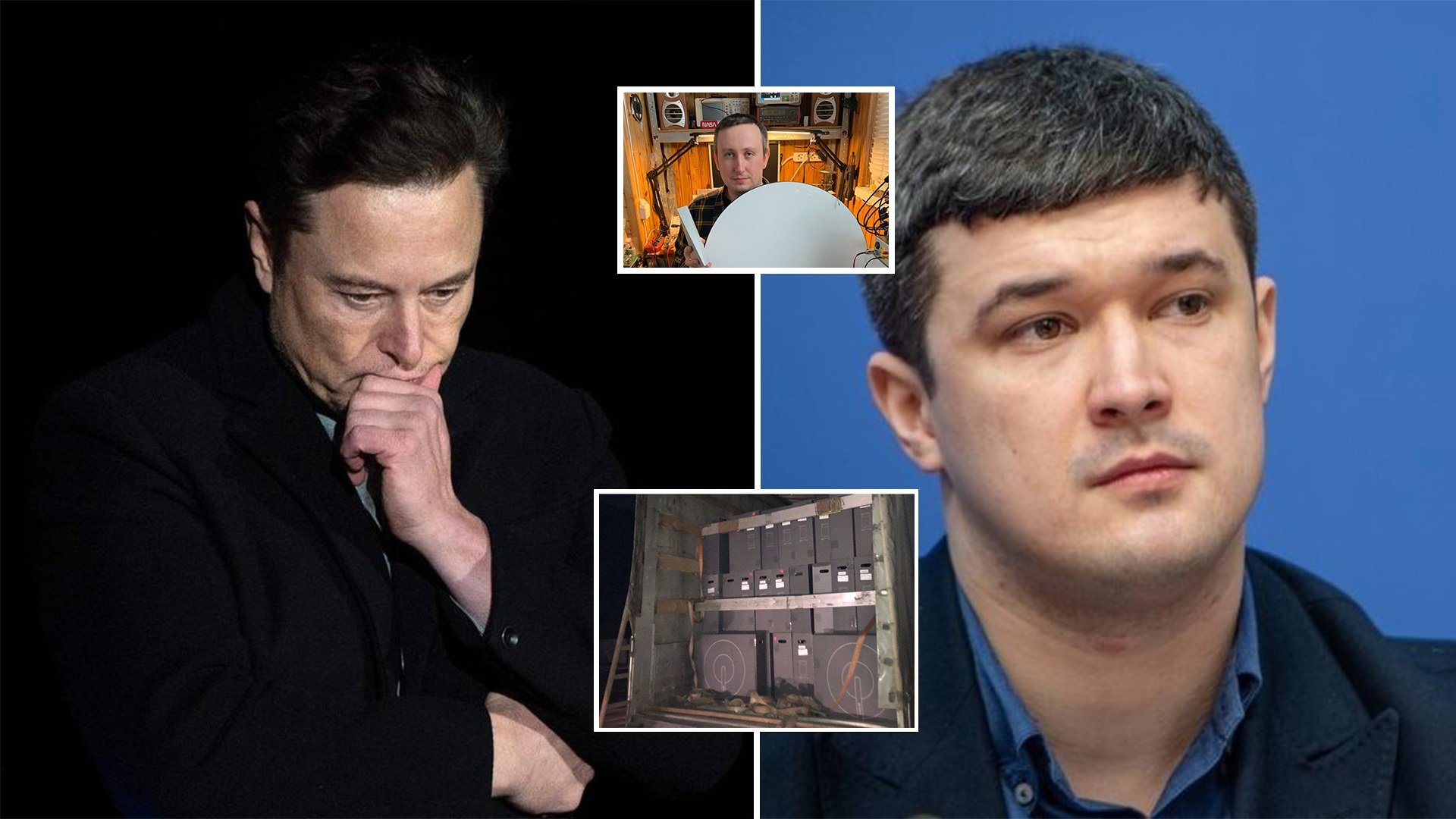Before a Ukrainian official tweeted a request to Elon Musk, SpaceX’s president claims the business had been working for weeks to get clearance for Starlink services in Ukraine.

Gwynne Shotwell, vice prime minister and minister of digital transformation of Ukraine, said in a March 7 talk at the California Institute of Technology that the company had been working for about a month and a half to get landing rights, or government approval to provide services in the country, before Mykhailo Fedorov, vice prime minister and minister of digital transformation of Ukraine, requested SpaceX provide Starlink terminals.
“We had been attempting to secure authorization — landing rights — to lay down capacity in Ukraine,” she added, characterising the move as part of Starlink’s larger development of services in Europe and internationally. “We would been collaborating with the Ukrainians for about a month and a half.”
She said that the corporation had been expecting a document legally giving landing privileges, but that it never arrived before Russian soldiers invaded the nation on February 24. She said, “But then they tweeted.” “You have our consent.”
Musk, the business’s founder and CEO, responded to Fedorov on February 26 by tweeting that Starlink services had been established for Ukraine and that the company was delivering terminals to the nation. Two days later, the first set of terminals arrived in the nation.
“They tweeted at Elon, so we activated it,” she said. “We gave our consent.” The minister had sent a letter to that effect. “It was a tweet,” says the narrator.
“Providing services that permit the free flow of information was the correct thing to do,” Shotwell added. “I believe that the greatest approach to maintain democracies is to ensure that everyone understands what the truth is.”
Starlink is becoming into a significant portion of the corporation, which is still best known for its Falcon launch vehicles and Dragon cargo and crew spaceships. “Right now, our worth is not dependent on Falcon and Dragon.
It is based on the company’s next-generation launch technology, Starlink and Starship.” Many people, she noted, still regard Starship as speculative. “Starlink is driving the value of this firm right now, and Starship will take it much farther.”
Starlink’s broadband internet services continue to be in great demand. “Right now, there are more individuals who want Starlink in the United States than I can serve,” she stated.
That need is one of the main reasons the business is considering expanding its constellation to 30,000 satellites, which she characterised as the “sweet spot” for satisfying expected demand.

She reaffirmed SpaceX’s efforts in space sustainability, which the corporation detailed in a Feb. 22 statement that included everything from automatic collision avoidance techniques to promptly deorbiting satellites at the end of their lifespan.
“I think we are terrific custodians of the space environment,” she added, claiming that minimising debris was in the company’s best interests.
“ASAT testing is the greatest contributor to debris in the space environment right now,” she added, asking for a stop to tests like the Russian display of an antisatellite missile in November 2021, which produced thousands of pieces of debris.
She also advised restricting the usage of cubesats that lack manoeuvrability due to a lack of propulsion. “I believe there will come a moment when we will no longer want to fly non-propulsive satellites or satellites that are unable to deorbit.”
Shotwell did not provide into much information about Starship’s development, other than to say that the company’s objective is to enable aircraft-like reusability. “We want to be able to flip these vehicles around like an aeroplane,” she said.
She said that the space industry was still figuring out what the estimated cost and performance of Starship would allow. “Everything about space will change,” she predicted.
“Once we acquire this fully operational reusability, like aircraft, then the cost of a Starship voyage is the propellant, which is not costly.”

“Has the community come to terms with it yet?” “No,” she said. “Organizations will continue to optimise for bulk, which in that period will be foolish.” They will optimise for size, which is stupid since Starship is enormous.”




